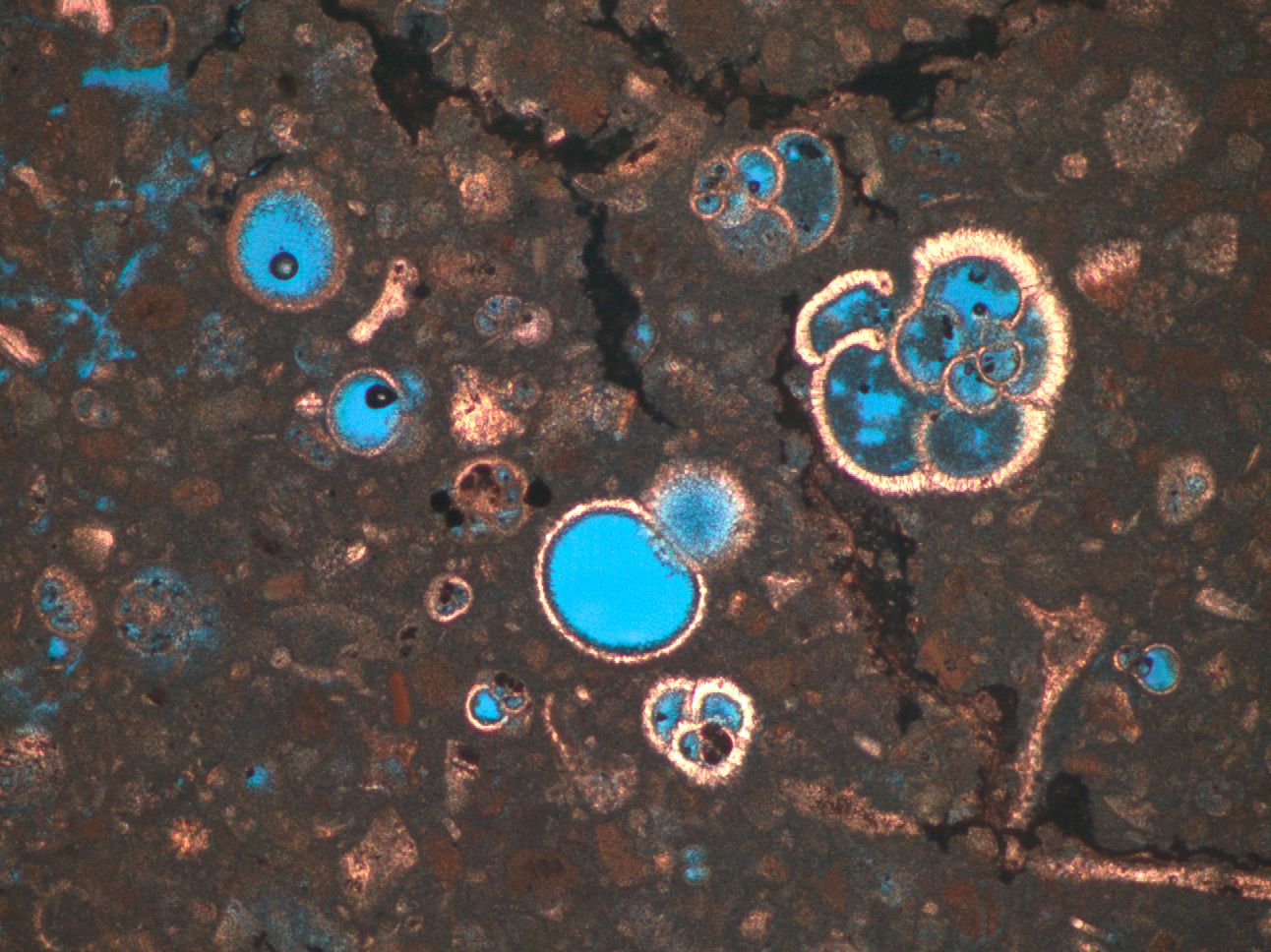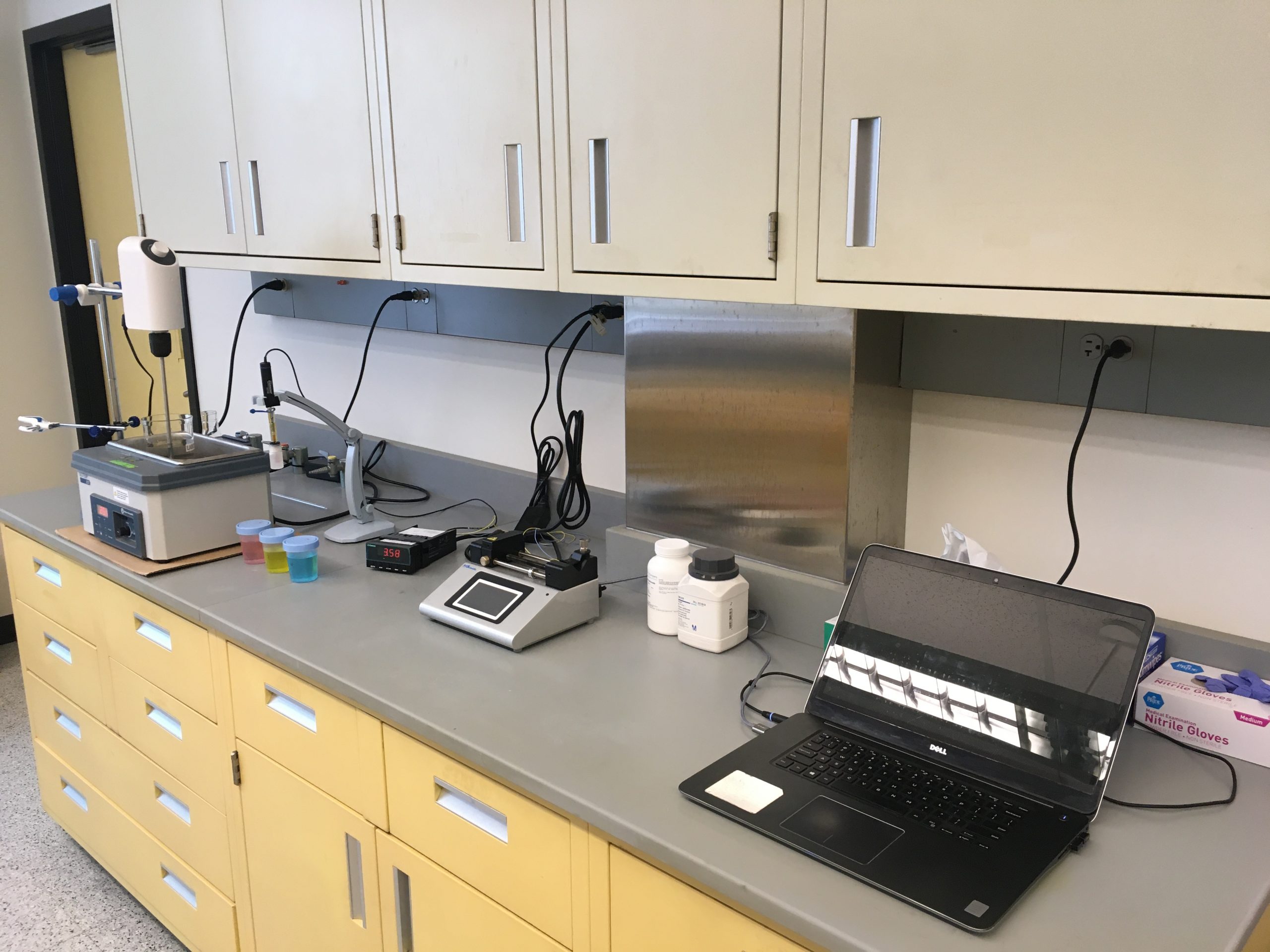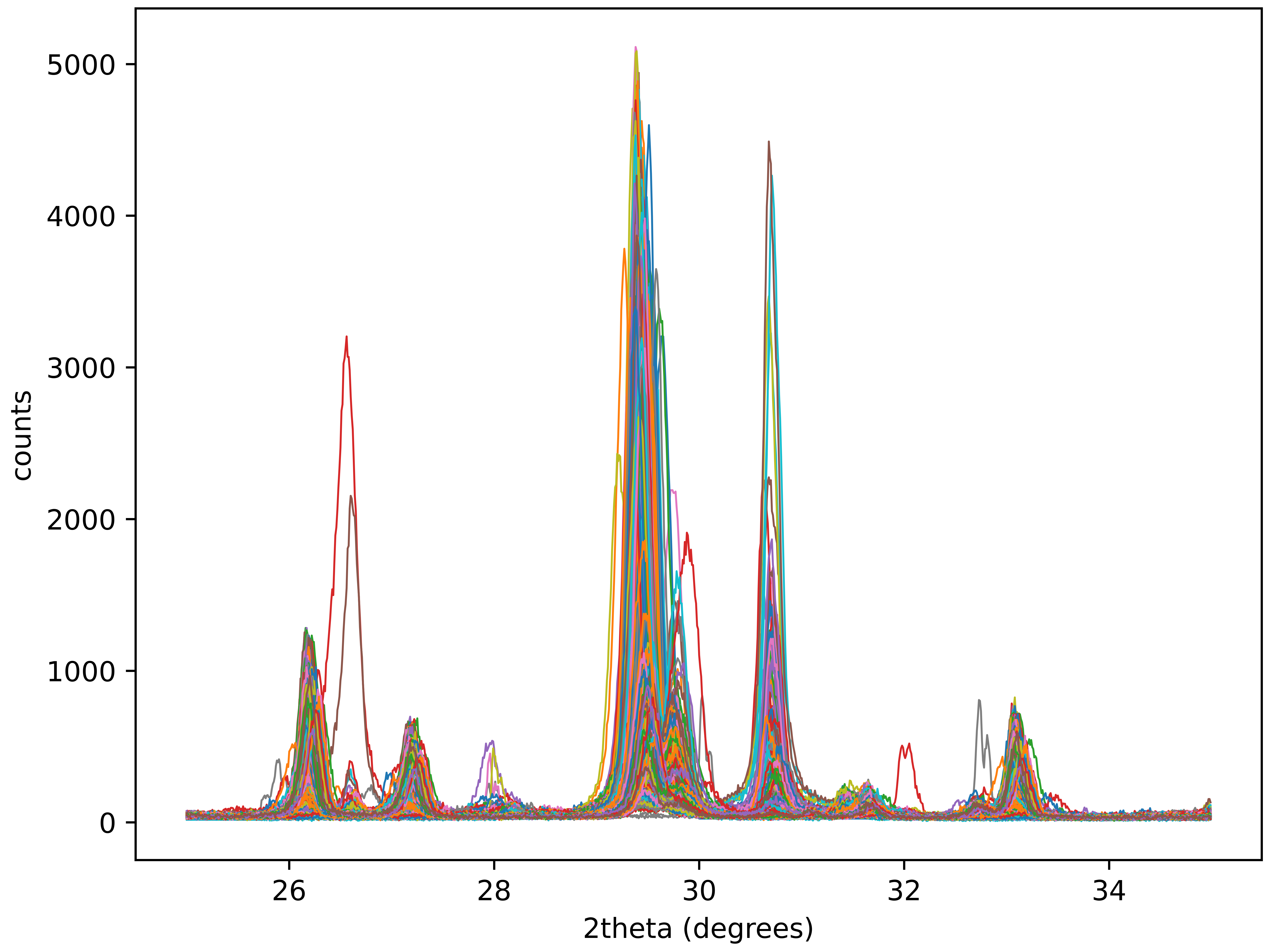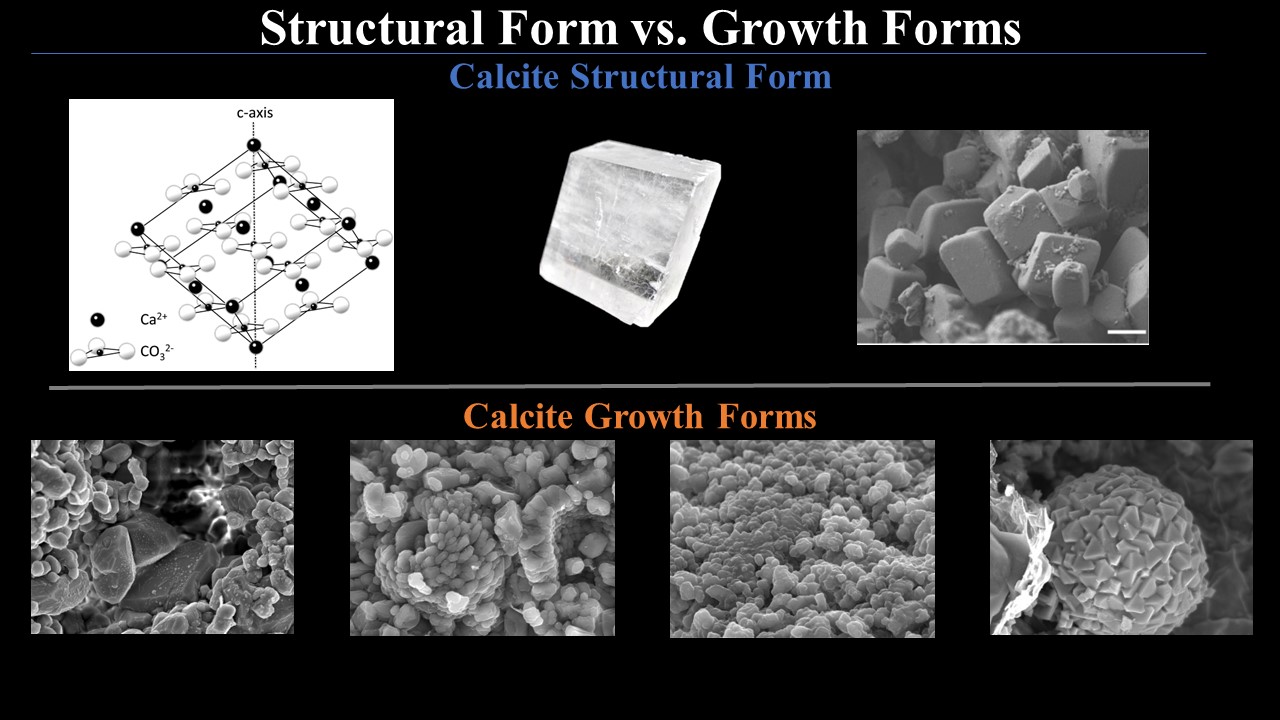Selected Projects
Subseafloor processes in shallow marine environments
Shallow marine sediments are dominated by aragonite and high-Mg calcite, which, due to their metastability, are prone to post-depositional (diagenetic) alterations. This project focuses on the diagenetic processes (precipitation, dissolution, recrystallization) that occur during early marine diagenesis on the slope of the Great Bahama Bank.
Trace metal incorporation into dolomite
We are investigating the mechanisms of and controls on a number of trace metals incorporation into dolomite including iodine in order to develop them as proxies for paleoenvironmental reconstructions.
Quantifying Carbonate Sediment Dissolution below the Seafloor
Carbonate sediment dissolution is an important process that regulates ocean chemistry. This project focuses on dissolution that occurs below the seafloor during early diagenesis and aims at quantifying its occurrence using the global dataset available through scientific ocean drilling.
The origin of Calcite Microcrystal textures
A large proportion of Phanerozoic limestones are characterized by calcite microcrystals that exhibit a wide variety of textures and host microporosity. We are using laboratory experiments to better understand the origin of these textures and what they can tell us about the conditions under which calcite has formed.



